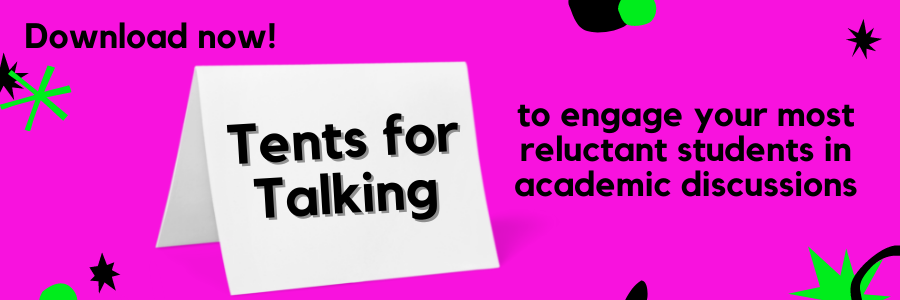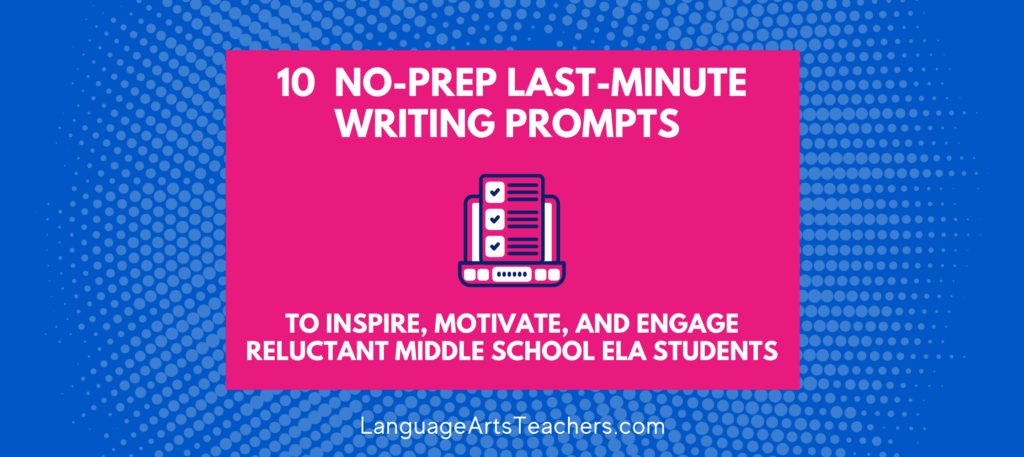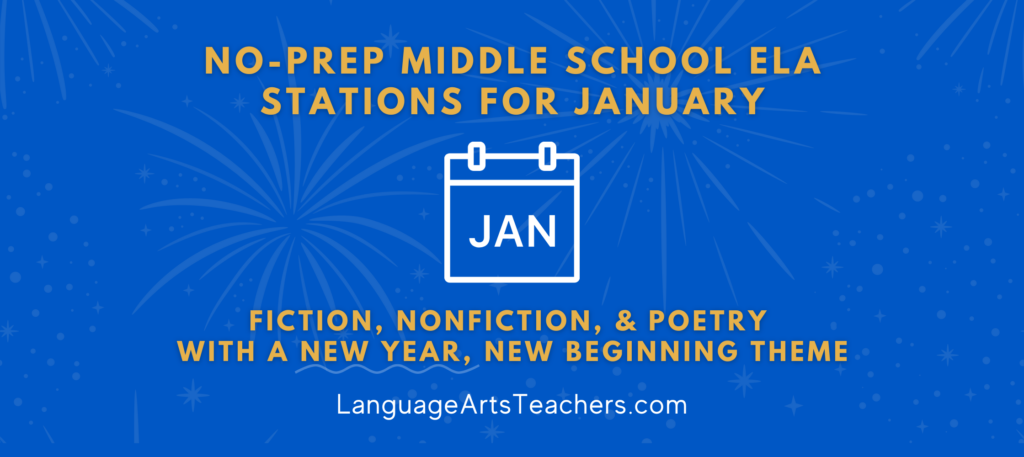Fun Children’s Books for the First Day of School
— Yes! Especially for Your Middle School ELA Classroom!
- We Don’t Eat Our Classmates by Ryan T. Higgins
- Thank You, Mr. Falker by Patricia Polacco
- Squids Will be Squids “The Grasshopper Story” by Jon Scieszka and Lane Smith
- First Day Jitters by Julie Danneberg and Judy Love
- Do Unto Otters by Laurie Keller
- You Matter by Christian Robinson
- Iggy Peck, Architect by Andrea Beaty
- Alexander And The Terrible, Horrible, No Good Very Bad Day by Judith Viorst
- Out of my Mind by Sharon Draper
- Outside My Window by Linda Ashman
- The Day You Begin by Jacqueline Woodson
- I Wish I Were A Butterfly by James Howe
- The Dot by Peter H. Reynolds
……………………………………………………………………………..
What to DO with these books?
First, check out the summaries on Amazon so you can choose a few that allow for themes or bigger concepts you want to discuss with your students.
Next, think about how you’ll read and share the books with your middle school kiddos. Sure, they’ll laugh a little at first (because they’re ‘little kid’ books) but it’s so much fun! Seriously, if you miss a day or two of “book time” once you start, they’ll remind you!
Consider how you’ll actually share the book so all can benefit.
For instance, you could record yourself reading it once ahead of time while showing the illustrated pages as you roam around the room (you’ll have a captive audience!).
You may pose a few “agree / disagree” statements before starting the actual book. Give students three statements that have to do with a particular theme or talking point you want to focus on from the book, and have them agree or disagree with those statements, writing down why. Then read the book. You can finish the shared experience by asking them if anything in the book caused them to rethink their original statements. Moving into grade level texts, you can definitely repeat this same exercise with longer short stories or novels, too.
Another purpose for incorporating children’s books during the first week of school is to use it as a simple, low-barrier way to practice and reinforce your speaking, listening, discussion expectations. Use the content of these children’s books as a springboard off of which to help students learn how to agree, disagree, and ask for clarification regarding each others’ ideas.
……………………………………………………………………………..
Need ideas, strategies, and tools for helping your students talk academically with each other during small group class discussions?
Click Here to grab my wildly popular “Tents for Talking” collection which provides student-friendly sentence stems, question stems, and academic vocabulary for all major genres!
……………………………………………………………………………..
Practice how you want students to engage in small group discussions: voice volume, when to interject, etc. What do you want your classroom to look like and sound like when it’s time to discuss or when it’s time to work collaboratively in small groups based on a text that you’ve studied in class?
Children’s books like those in the list provided above serve as much more than “just for fun” in the classroom. You can teach, re-teach, practice, and support all the routines, procedures, and expectations you have for your Middle School ELA Classroom as a whole just by using these rich children’s books shared experiences.
……………………………………………………………………………..
Need ideas, strategies, and tools for helping your students talk academically with each other during small group class discussions?
Click Here to grab my wildly popular “Tents for Talking” collection which provides student-friendly sentence stems, question stems, and academic vocabulary for all major genres!




